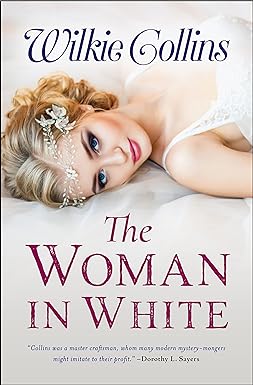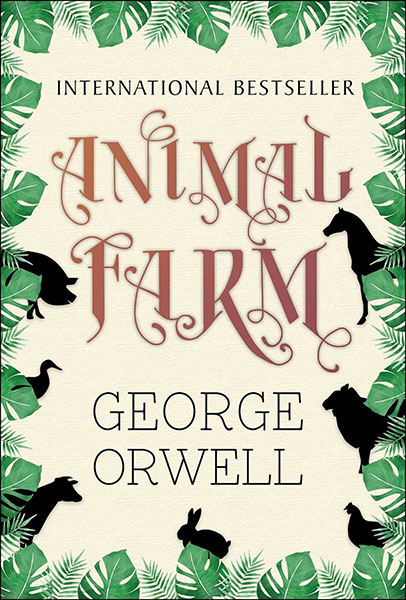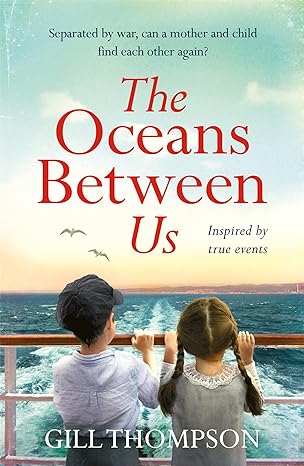
The Woman in White
Published in 1859, readers immediately intrigued by the narrative - a young and genial tutor of arts, Walter Hartright, encounters a woman dressed head to toe in white who is lost in the streets of London. After reporting her to the authorities Walter is informed that the lady was an escapee from a mental asylum. However, when Walter takes a new position in teaching art he encounters a girl named Laura, whose looks are stunningly similar to those of the woman in white. As the pair fall for one another, the sense of mystery deepens - is there more to their meeting than first meets the eye? Lauded for its innovative and compelling plot and use of multiple characters in narration, The Woman in White is one of the earliest examples of detective fiction. Throughout his quest for the truth, Walter hires a number of private detectives and eventually mimics their methodology, with Collins' legal know-how lending realism to the plot line. Wilkie Collins was strongly motivated to author her novel by the unequal situation men and women found themselves: at the time, the law overtly deferred to men in matters of inheritance and estate.
BEST DEALS
About the Author
A close friend of Charles Dickens from their meeting in March 1851 until Dickens' death in June 1870, William Wilkie Collins was one of the best known, best loved, and, for a time, best paid of Victorian fiction writers. But after his death, his reputation declined as Dickens' bloomed.
Now, Collins is being given more critical and popular attention than he has received for 50 years. Most of his books are in print, and all are now in e-text. He is studied widely; new film, television, and radio versions of some of his books have been made; and all of his letters have been published. However, there is still much to be discovered about this superstar of Victorian fiction.
Born in Marylebone, London in 1824, Collins' family enrolled him at the Maida Hill Academy in 1835, but then took him to France and Italy with them between 1836 and 1838. Returning to England, Collins attended Cole's boarding school, and completed his education in 1841, after which he was apprenticed to the tea merchants Antrobus & Co. in the Strand.
In 1846, Collins became a law student at Lincoln's Inn, and was called to the bar in 1851, although he never practised. It was in 1848, a year after the death of his father, that he published his first book, 'The Memoirs of the Life of William Collins, Esq., R.A'., to good reviews.
The 1860s saw Collins' creative high-point, and it was during this decade that he achieved fame and critical acclaim, with his four major novels, 'The Woman in White' (1860), 'No Name' (1862), 'Armadale' (1866) and 'The Moonstone' (1868). 'The Moonstone', is seen by many as the first true detective novel T. S. Eliot called it "the first, the longest, and the best of modern English detective novels ..." in a genre invented by Collins and not by Poe.












